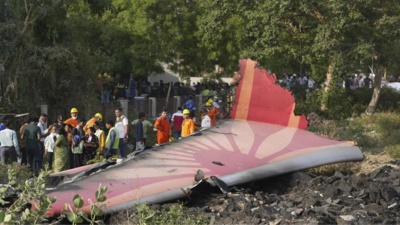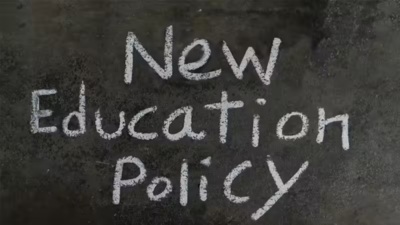Air India plane crash: Pilots question preliminary probe report’s intent, cite ambiguities | India News

MUMBAI: What do pilots have to say about the AAIB report?Capt Amit Singh, an air safety expert, commented: “At what stage did the engines actually stop producing thrust? The AI-171 Preliminary Report says: ‘After 08:08:42 UTC when Fuel Control Switches were moved to CUT OFF. But in a later paragraph, the report stated the RAT (ram air turbine) was already deployed immediately after take-off. A simple report consisting of the collated data to date would have served the purpose of a preliminary report. This report has raised questions and suspicion about the intent and motive.”Capt Sam Thomas, president of the Airline Pilots’ Association of India (APAI), said: “The conversation between the pilots enquiring who cut off the fuel control switch is alarming. Another crucial issue is, why did the emergency locator transmitter not work after the accident? It should emit signals if the force of impact is between 3.2 to 3.5 G; the impact of the accident would have been exponentially higher. The AAIB report carries no official signature or attribution, investigations continue to be shrouded in secrecy, undermining credibility, and public trust. Thirdly, qualified, experienced personnel – especially line pilots – are still not being included in the investigation team. ALPA-I renews its request to be included, at the very least as observers, in the investigation process to ensure transparency and accountability. A July 10 report in the “Wall Street Journal” references inadvertent movement of the fuel control switches, ALPA questions how such sensitive investigative details were leaked to international media.”Capt Mohan Ranganthan, a former Boeing 737 commander and instructor, claimed: “The pilot cut off the fuel knowingly. The left engine failed several seconds after the right engine, indicating that the fuel control switches were cut off one after the other. The AAIB report has a lot of ambiguity.”A senior Boeing commander, requesting anonymity, said: “The argument that since Boeing has not issued an advisory, it indicates the pilot moved the fuel to the cut-off position is flawed. Lack of advisory does not confirm system safety. Several aircraft design flaws were acknowledged only after multiple incidents, history has shown. We know how pilots were the first to be blamed after the Lion Air crash involving the Boeing 737 MAX aircraft in 2018.“





